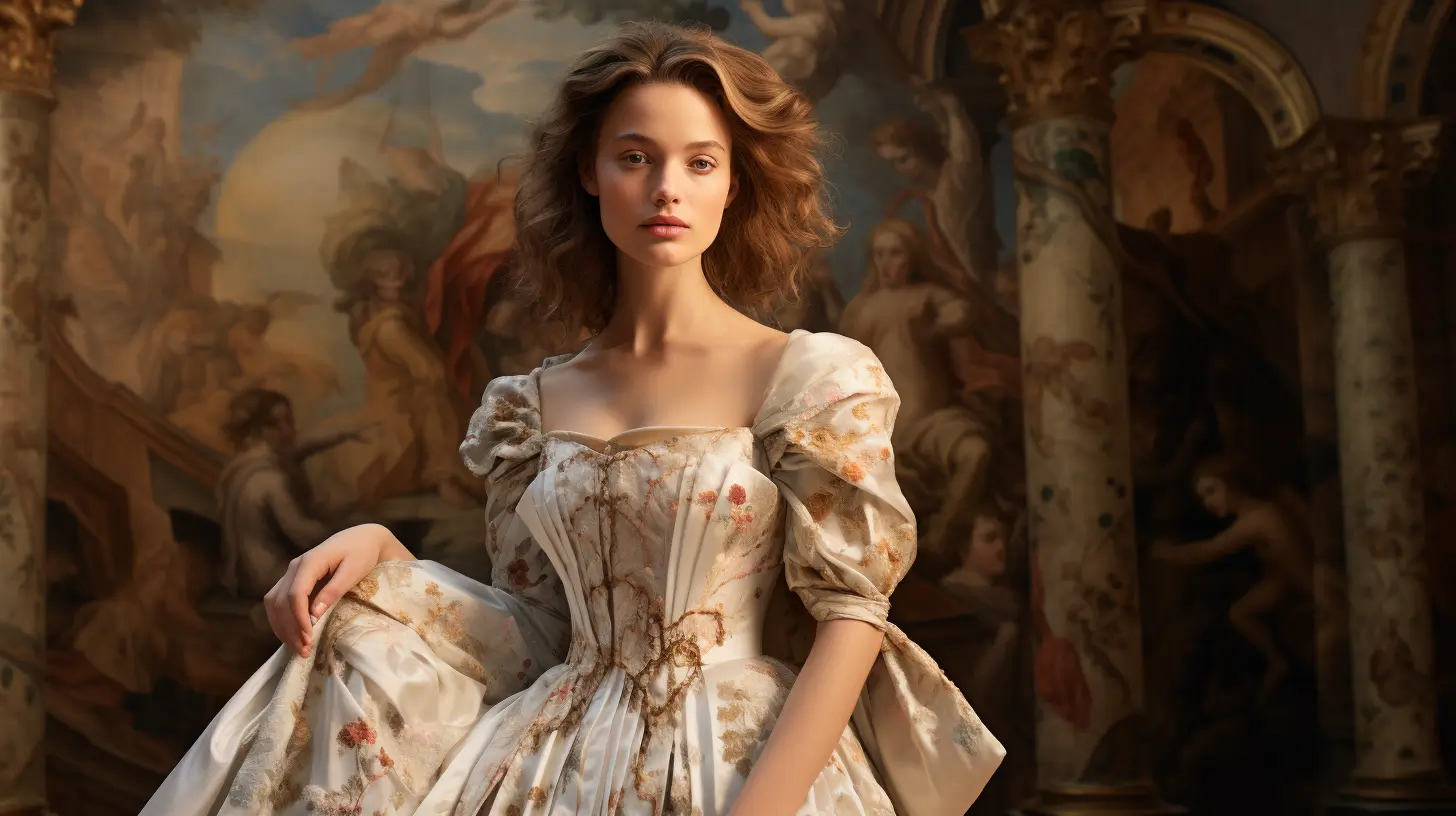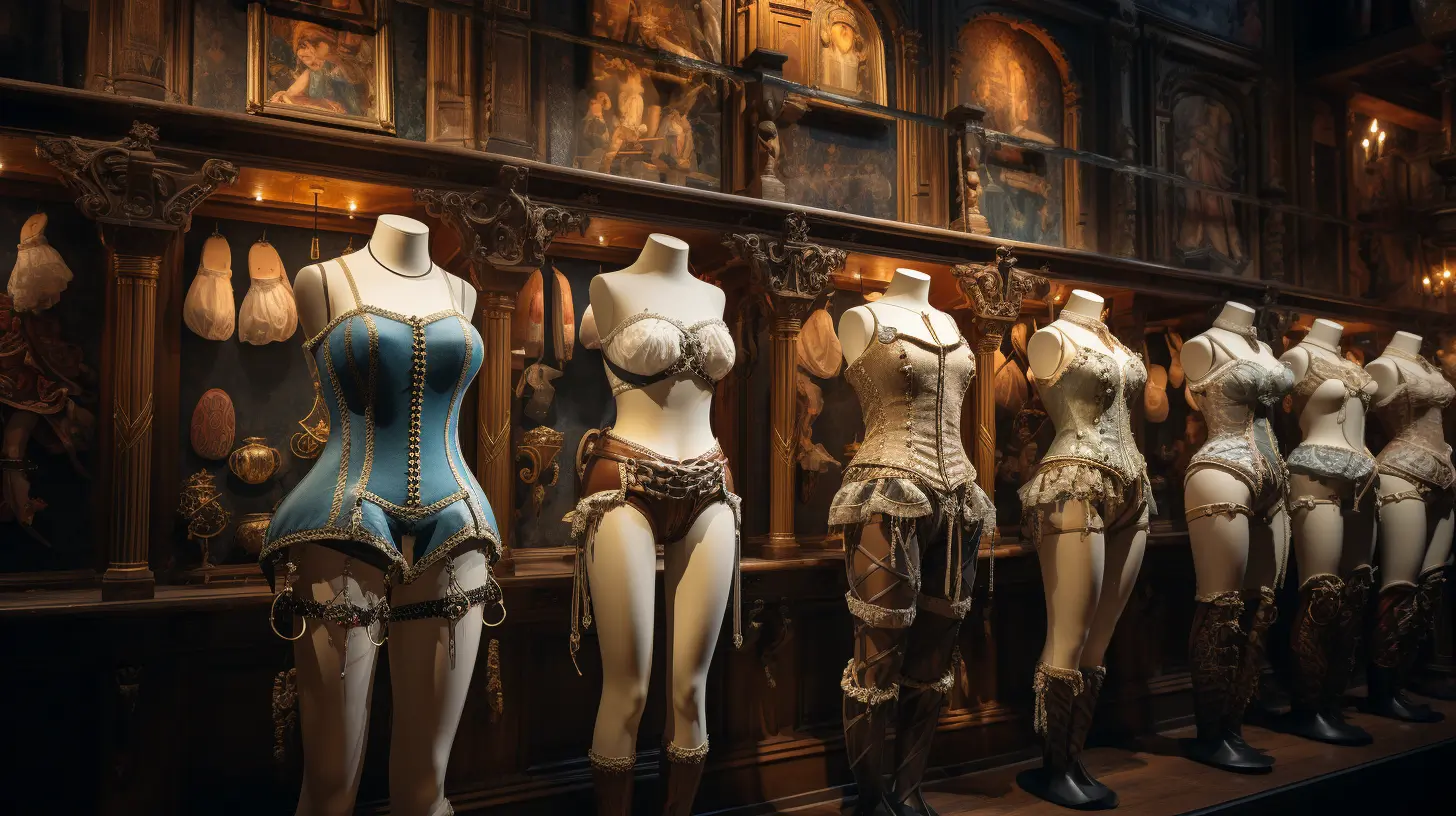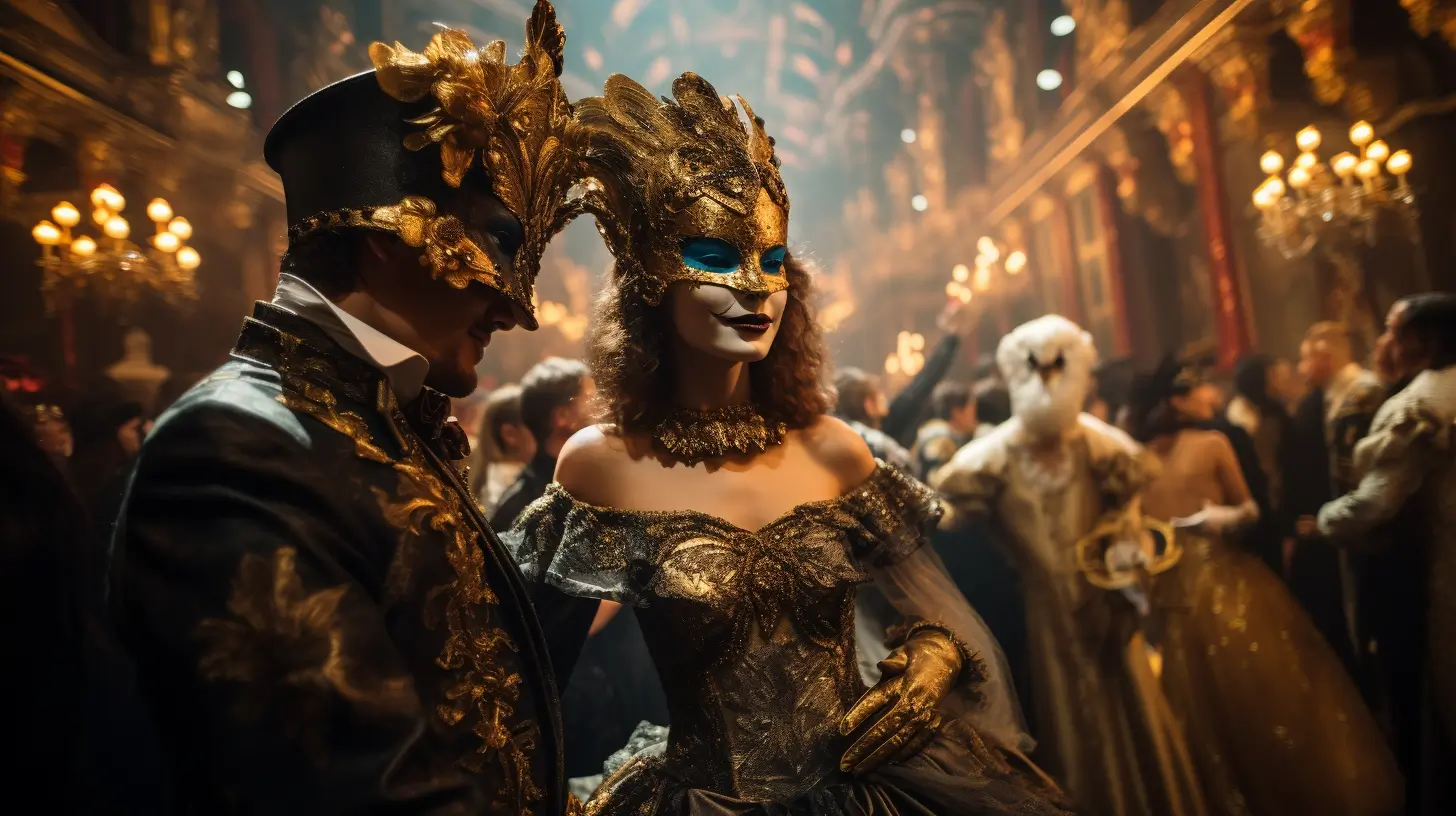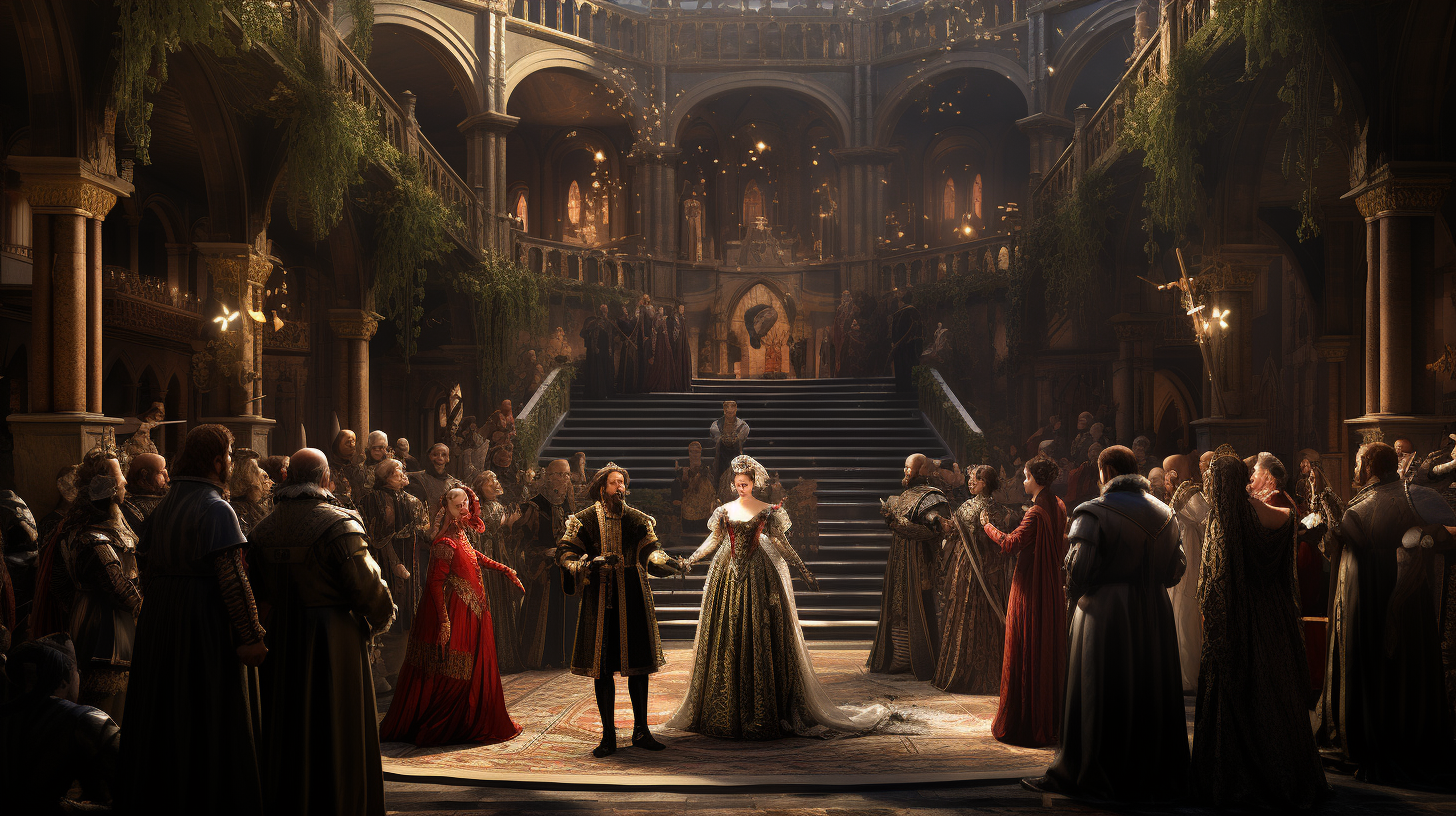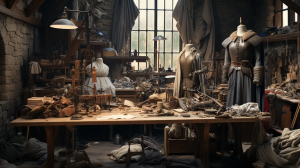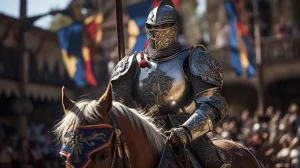
The Hidden Language of Medieval Queens Clothing: Unveiling the Symbolism of Textiles and Fabrics
In the vast, unfolding narrative of human history, the garments adorning medieval queens stand as a vivid chapter. These ensembles, resplendent with symbolism and rich detail, are more than mere fashion statements. They are a language of their own, eloquently speaking of power, prestige, and the very essence of the wearer’s identity. We’re about to embark on an exploration of this language, a journey through the nuanced symbolism intricately woven into the textiles and hues of medieval royal attire.
History has long used clothing as a canvas for expression, a mirror reflecting societal norms, a badge of identity. This rings particularly true for the queens of the medieval era. Their wardrobes, curated with exacting care, were not just garments but visual declarations of their might, position, and societal role. The very materials they donned were instrumental in broadcasting these messages. Thus, in examining the symbolism of these textiles, we’re not merely scrutinizing past fashion trends; we’re deciphering the intricate dance of power, status, and identity that defined the medieval world.
Importance of Textiles in Medieval Queens’ Clothing
In the tapestry of history, the textiles adorning medieval queens tell a story far beyond mere functionality. These fabrics were the language of wealth, status, and influence. The queens’ garb, crafted from the most exquisite materials like silk, velvet, and brocade, was a visual symphony of their affluence and societal standing. These were not just clothes; they were the epitome of luxury, the very essence of regal elegance.
But there’s more to these royal ensembles than just their opulence. The intricate embroidery and adornments on these garments were more than decorative flourishes. They were emblems of the era’s craftsmanship, mirroring the queen’s authority and influence. The use of such fine textiles was a statement of power, a visual declaration of the queen’s reach and her ability to captivate her audience.
Take Queen Isabella of France, for instance. Her wardrobe choices, known for their extravagance, were a living testament to her power and prestige. Dressed in the finest silks, embellished with gold, her clothing was not just attire. It was a proclamation of her authority, a representation of her status.
Moreover, these textiles were a window into the era’s trade networks and cultural exchanges. Silk, a fabric of immense value, often came from distant lands like China or the Middle East. The acquisition of such rare and luxurious materials wasn’t just about fashion. It highlighted the queen’s access to global trade and her command over resources from across the world. The clothing of medieval queens, thus, was more than mere fabric. It was a testament to their global influence and far-reaching connections.
Symbolism of Different Fabrics and Colors
In the rich narrative of medieval royal fashion, each thread, each color told a story. Picture a world where silk wasn’t just a fabric—it was a symbol of opulence, a visual representation of luxury. Velvet? It went beyond mere material, standing as a bold testament to power and royal heritage. Every garment that graced a queen was more than attire; it was an emblem of her status, a testament to her dominion.
Now, let’s talk colors. Red in this realm wasn’t just a color—it was the embodiment of authority, the essence of power. Purple, that majestic hue, was the exclusive banner of the elite, a symbol reserved for the highest in society. Gold and silver threads woven into these fabrics? They weren’t mere decoration—they were declarations of wealth, of unrivaled prosperity.
Consider Queen Elizabeth I. Her fashion was not just about style; it was strategy. Clad in rich velvet, she was not just dressing but displaying her royal stature. And those colors—especially the reds—were not mere choices; they were powerful statements of her rule, her unshakeable authority.
But it wasn’t all about one outfit or a single occasion. The queen’s coronation garb was the pinnacle of this fashion narrative. Crafted from the most luxurious fabrics, bedecked with jewels and elaborate embroidery, it was more than a garment; it was a visual testament to her regality, a garment that set the tone for her entire reign.
In the vibrant, opulent world of medieval queens, each fabric, each hue, was a key stroke in the grand painting of power, authority, and royal legacy. 🌟👑🌈
Textiles as a Reflection of Social Status
In the medieval world, textiles were more than just attire, they were a language of status. The fabric draping a queen wasn’t just a matter of style, it was a billboard of her place in the hierarchy. The elite had their pick of the finest, most exclusive materials, each thread weaving a story of power and prestige.
Let’s zoom in on the Byzantine Empire. Here, empresses were robed in textiles that were the envy of the known world. We’re talking Byzantine silk, imported straight from Constantinople. This wasn’t just fabric; it was a canvas of luxury, bursting with intricate patterns and bold colors. An empress in these robes was making a statement, loud and clear: she was a cut above the rest, a step higher on the ladder of power.
But there’s more to this fabric tale. The choice of textiles was also a queen’s strategic move on the chessboard of politics. Opting for local textiles wasn’t just a fashion choice; it was a nod to the homegrown, a subtle alliance with local craftsmen or a powerful noble house. This sartorial decision was a masterstroke, enhancing her stature and weaving stronger ties within her domain.
In this world, every fold of fabric, every hue, was a silent yet eloquent testament to a queen’s rank, her connections, her shrewd navigation through the complex web of medieval society. 🌍👑📜
Display of Power and Authority through Clothing
In the grand drama of medieval royalty, the queen’s wardrobe was far more than a collection of garments; it was a potent tool of statecraft. Her clothing wasn’t just about personal style or vanity; it was a vivid display of power and authority. Elaborate gowns, rich with intricate textiles, served as a visual declaration of the queen’s regal supremacy. The inclusion of gold embroidery, the sparkle of precious gemstones, and the complexity of the designs, were not mere fashion choices. They were deliberate symbols of dominance, tangible expressions of a queen’s rule and influence.
Consider the example of Queen Matilda of England, also known in history as Empress Matilda. During the Anarchy, a period defined by its political chaos in the 12th century, Matilda transformed her wardrobe into an arsenal of symbolism. She didn’t just wear clothes; she donned declarations of her sovereignty. Her gowns, crafted from the most luxurious fabrics, were adorned with gold embroidery and precious jewels. These were not just embellishments; they were statements. Every thread woven into her garments screamed of her legitimacy, her unyielding claim to the English throne.
But the story of royal attire doesn’t end with the queen herself. The court surrounding her, the constellation of nobles and attendants, also played a crucial role in this visual spectacle of power. The clothing of her courtiers was a carefully orchestrated reflection of the queen’s status. The nobility, dressed in their own finery, were not merely following fashion; they were participants in a carefully choreographed display of allegiance and social hierarchy. Their garments, echoing the opulence of the queen’s own attire, were subtle nods to their position within the royal sphere, reinforcing the queen’s position at the apex of power.
Beyond the immediacy of her court, the queen’s influence on fashion extended to the wider realm. The styles she popularized set trends that rippled through the aristocracy, further solidifying her cultural and political influence. The queen’s choices in fabrics, colors, and designs were emulated by noblewomen across the land, creating a visual tapestry of her reign.
Moreover, a queen’s attire could also serve as a diplomatic tool. By incorporating styles or motifs from other regions or courts, she could subtly signal political alliances or aspirations. The fabrics and designs chosen for her wardrobe could speak of connections with distant lands, of trade relationships, and of cultural exchanges. In a time when every gesture had meaning, the language of clothing was a powerful medium for diplomacy and influence.
In the medieval world, then, the queen’s clothing was a multi-faceted instrument. It was a declaration of her own power, a reinforcement of the social order, a trendsetter for the realm, and a nuanced tool of diplomacy. Through the medium of her wardrobe, a queen could project her authority, influence culture, and navigate the complex web of medieval politics. 🌍👑💎


